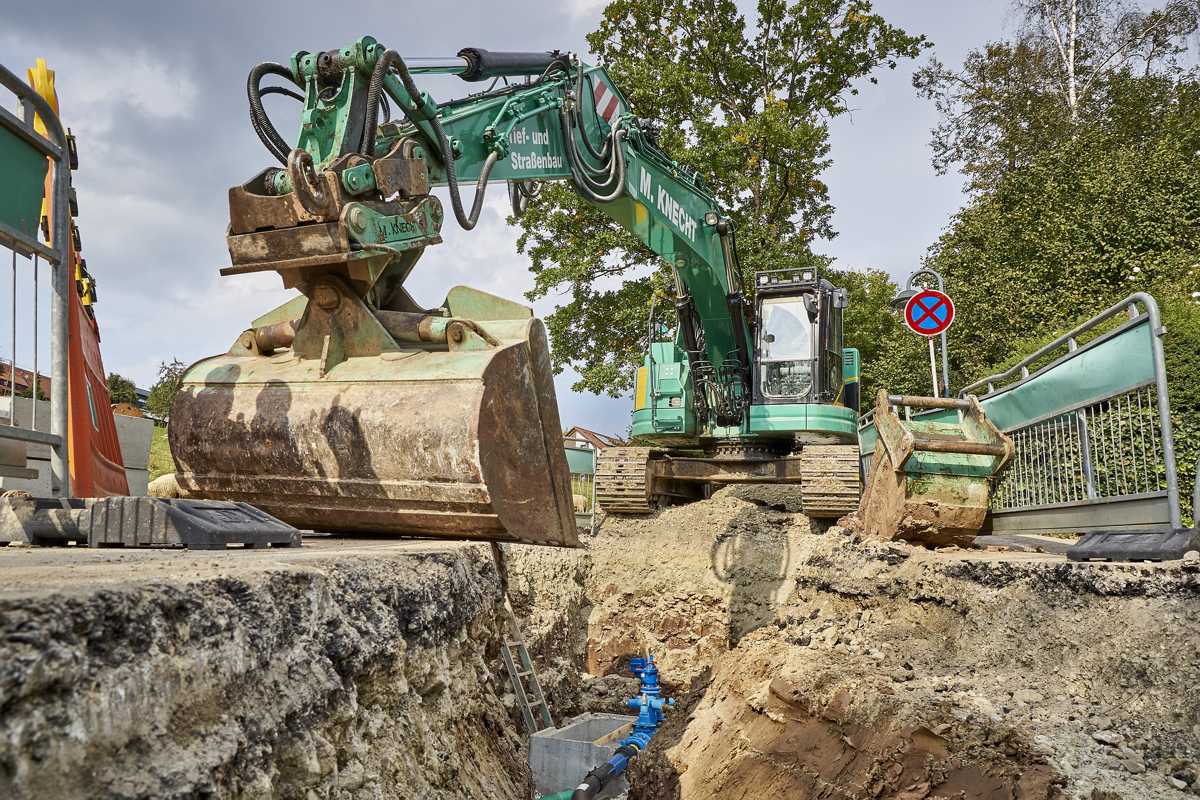Don’t miss out on the Infrastructure Boom
Infrastructure is the tantalizing word of the year in America, being one of the few topics that remains a universally agreed upon necessity. While the final numbers are up for debate, billions and billions of dollars are about to be funnelled into the construction industry: roads, rails, bridges, water systems, power grids, how we move and those pieces that allow resources to move to us are in need of a serious overhaul.
This comes at a time when many companies are seeing the faults and failures in their own infrastructures. Budget overruns are so commonplace they’ve become the rule rather than the exception with only 31% of all projects coming within 10% of their proposed budgets. Labour productivity remains poor, the hard truths in McKinsey Global Institute’s infamous 2017 report cling to the industry, even today.
Digitization and cross-platform communication continue to be hurdles as adoption of time saving technology remains painfully slow. Luckily, money moves even slower through Congress. Approval of exactly how much, when, and where that money will be applied are the bottlenecks impeding the molasses crawl that governmental bureaucracy already applies to its spending. This is a blessing in disguise. It gives companies time to fix their own infrastructure problems before they bid on fixing America’s.
What companies can expect in the coming months is increased scrutiny as federal agencies begin to inspect likely candidates for upcoming projects. It’s the perfect opportunity to get things in order before Uncle Sam comes knocking on your door. It’s also worth noting that as America’s infrastructure planning breaks ground, the COVID-19 pandemic is winding down. The sudden influx of new work in an environment that’s been starved for over a year will likely result in companies taking on more than they can reasonably handle, especially if they sought new revenue streams via cradle-to-grave lifecycle services during the height of the pandemic.
Adopting the right technology for the feast to come is key. It’s no secret that the construction industry has suffered a ground truth problem for years. Even something as common as standardized documentation eludes many companies, the painful buy-in process and internal reticence of employees quoted as the main sources of concern, even beyond the monetary cost. This has allowed archaic methods to fester and pockmark workflow, making efficient communication a pipe dream.
The truth is, if you’re still using any paper for documentation, it’s time to let it go. Creating a standardized system for data capture and comparison while loose sheaves of paper, blueprints, and coffee-stained sticky notes clog the arteries of productivity is a nearly impossible task. Perhaps worse, lurking in the shadows of nearly every construction company are two thieves of productivity, now grandfathers in their own right, the notorious “E” brothers, Excel and email. While these obviously have their place in a company, they are time and productivity sinkholes. 35% of construction professionals’ time is spent (over 14 hours per week) on non-productive activities.
Advanced solutions that automate documentation improves a company’s accuracy, accountability, and reduces admin load while simultaneously establishing a single source of truth for all project data. Bringing the office and the field closer together is the goal. Reducing time to and from the trailer by automating the bureaucracy of building streamlines management decisions into action faster and more effectively throughout the lifecycle of a project. Admin should not be spending their time 30 replies deep in an email chain trying to identify the most recent version of a change order that’s been “helpfully” labelled COwindowUpdatefinalTrue3.pdf.
Just as you would in the office, so should you in the field. By connecting and standardizing all your data in one place, you can easily monitor asset performance. This solution shouldn’t be piecemeal. It needs to encompass 100% of your equipment, vehicles, tools, and crews. This digital foundation should allow you to automate work orders, improve fleet productivity, reduce waste (of paper, of fuel, of ownership, of time, etc.), and bring insight into your assets, their performance, and the profitability of your operation.
If you’re looking to do these things with an all-in-one comprehensive platform, and I assume you are because you’re here, Clue is far and away your best option. It’s compatible with 100% of your existing resources, creating a one-stop shop for all of your assets. Clue requires no training to implement, bringing real-time productivity tracking into your hands instantaneously with tailor-made analysis and AI insights based on your operations data. Clue also monitors your assets’ health, offering a one-click maintenance system that will generate work orders and automatically trigger a planned maintenance schedule as soon as you add an asset, based on Clue’s extensive equipment database. Coupled with DVIR, Clue can help you eliminate downtime.
Clue’s purpose, its mission, is to transform construction into a more innovative and productive industry. The fruits of that mission manifest in our world daily, and the joy of seeing those innovations help in sculpting the foundational structures of our society is a feeling that cannot be understated. Adopting Clue isn’t just good business or good for profits, though it’s good for those too, it’s a way to ensure that America’s infrastructure is the best it can be for generations to come.
Slow as it may be, billions of dollars are about to flood the industry. Is your infrastructure ready to weather that storm? If not, hesitating on a solution will only see profits evaporate into dreams and excuses. If you’ve been sitting on the fence and waiting for the right time, you’ll never have a better opportunity than right now.




















